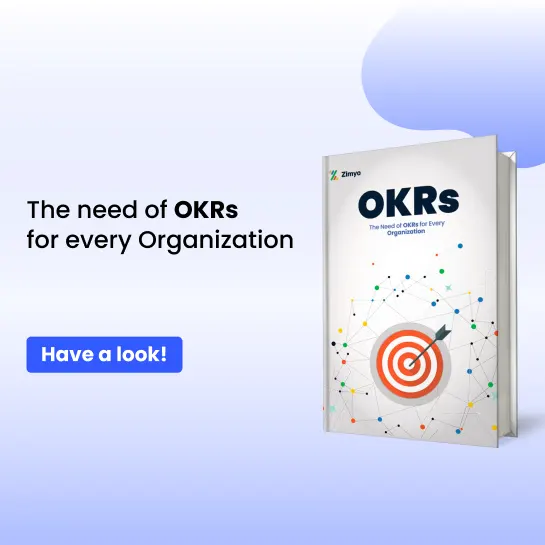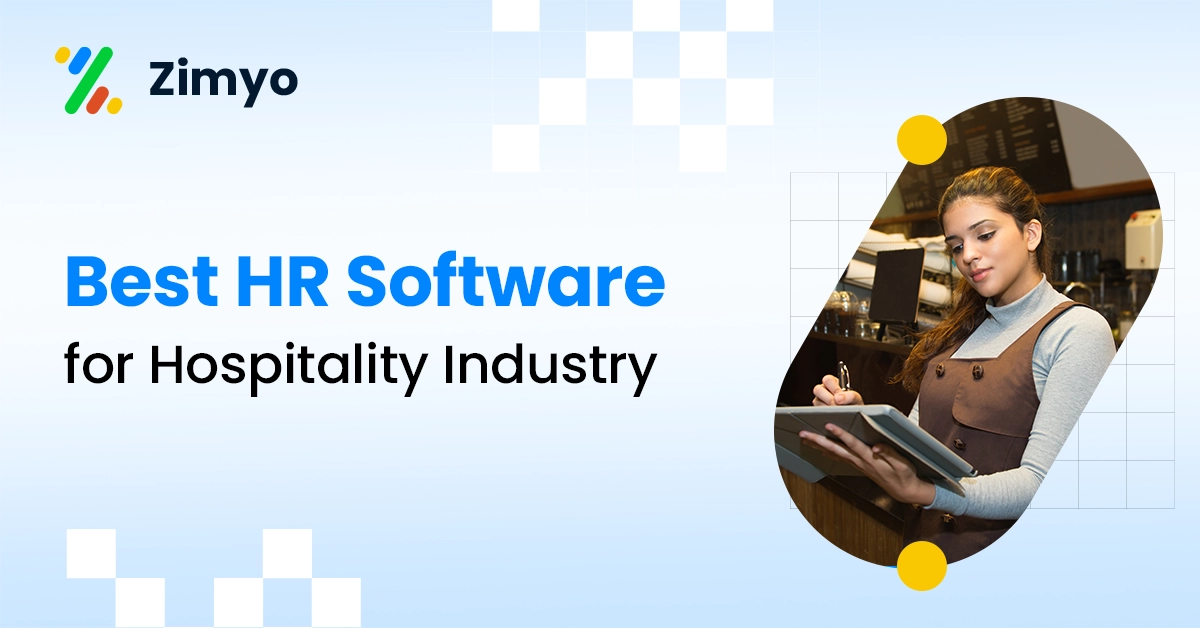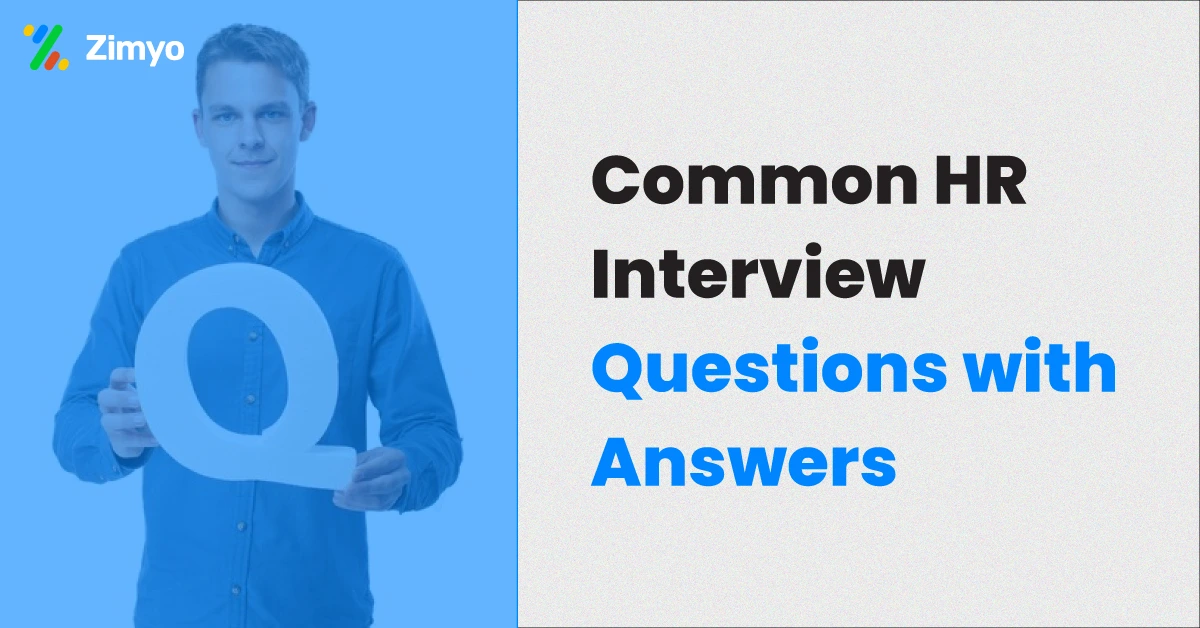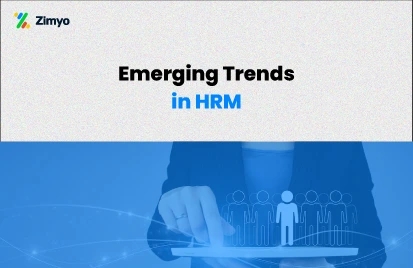As technology evolves and workplaces become more diverse, the need for effective HR practices has become more crucial than ever. Human Resources (HR) departments are responsible for managing the most valuable asset of any organization – its employees. Over the years, human resources management has undergone a profound transformation, with a dedicated focus on elevating the overall employee experience and satisfaction.
In order to stay aligned with the evolving trends in human resources, organizations are also looking to enhance their human resource practices. By following best HR practices, companies can create a positive work environment, foster employee engagement and productivity, attract top talent, and ultimately drive organizational growth. But what exactly are the best practices in human resources?
In this comprehensive blog post, we will delve into the best HR practices and explore some strategies that organizations can adopt to ensure growth in 2024.
What are HR Best Practices?
HR best practices refer to a set of guidelines, strategies, and methodologies that organizations implement to manage their human resources effectively. These practices are designed to optimize the employee experience, enhance organizational performance, and align HR functions with overall business objectives. Best HR practices evolve in response to changing workplace dynamics, technological advancements, and societal shifts.
Difference between HR Practices and HR Activities
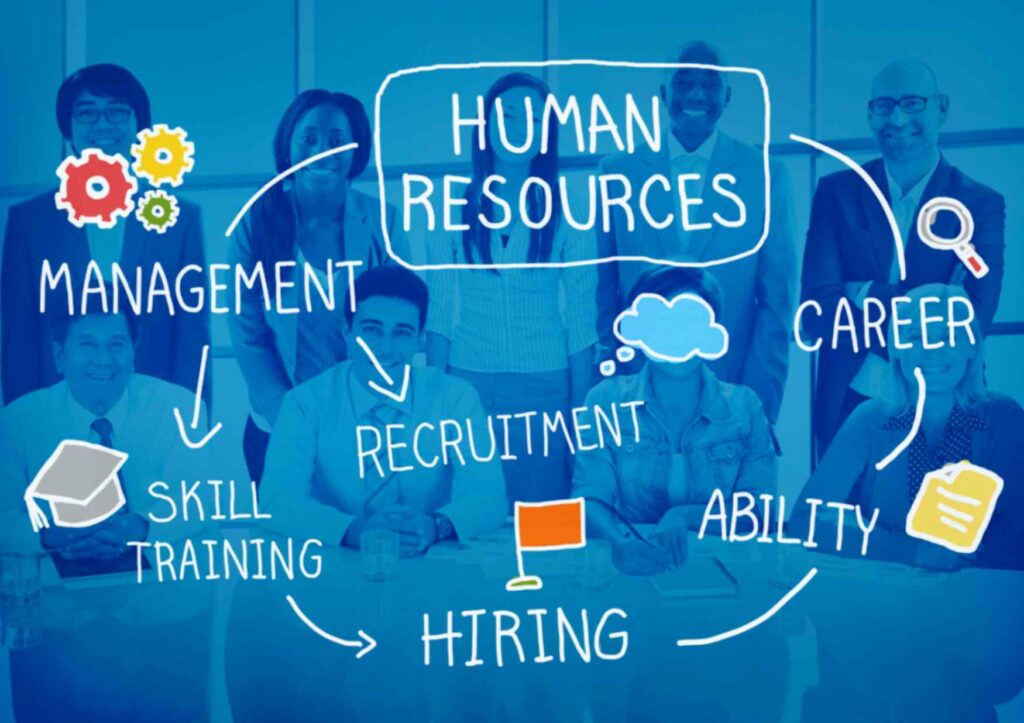
Before delving into the best HR practices, it’s essential to understand the difference between HR practices and HR activities. While HR activities are the day-to-day tasks and processes involved in managing human resources, HR practices encompass broader strategies and philosophies that guide an organization in its approach to HR. Activities in human resources management are transactional and routine, such as payroll processing or benefits administration, while practices are more strategic and contribute to long-term organizational goals.
Example of HR Practices and HR Activities
Let’s illustrate the difference with examples. Employee training and development can be considered an HR practice. It involves creating a culture of continuous learning and growth within the organization. On the other hand, the specific training sessions, workshops, or courses employees attend are HR activities, contributing to the broader practice of ongoing development.
| HR Practices | HR Activities |
| Implementing efficient time and attendance systems to ensure accurate payroll processing and compliance with labor regulations. | Recording and managing employee work hours. |
| Analyzing exit interview data to identify trends, improve employee retention, and address systemic issues affecting workforce satisfaction. | Conducting interviews with departing employees. |
| Creating a standardized process for job description development that aligns with the organization's overall talent strategy and ensures consistency in recruitment efforts. | Drafting detailed job descriptions for new positions. |
| Implementing creative and personalized recognition programs that go beyond traditional awards, celebrating achievements in a way that resonates with individual employees. | Issuing employee-of-the-month awards. |
Best HR Practices to Adopt in 2024
1. Leverage HR Technology
In today’s competitive business landscape, leveraging HR technology has become essential for efficient and effective human resource management practices. HR technology streamlines processes, automates repetitive tasks, and provides valuable insights through data analytics. From recruitment to employee engagement, HR technology enhances overall efficiency, allowing HR professionals to focus on strategic initiatives.
Integrated HR software facilitates seamless communication and collaboration. These tools not only simplify administrative tasks but also contribute to a more connected and engaged workforce. From applicant tracking systems (ATS) to performance management software, adopting the right HR technology can significantly improve the entire employee lifecycle.
2. Conduct Strategic Workforce Planning
Strategic workforce planning is a forward-looking approach that aligns organizational goals with talent acquisition and development. HR professionals should collaborate with leadership to anticipate future talent needs, ensuring that the right skills are available when and where they are needed. This involves analyzing current workforce capabilities, identifying skills gaps, and planning recruitment, training, and succession strategies accordingly.
With data analytics playing a crucial role, organizations can make informed decisions about their workforce. This approach not only ensures the organization has the right talent but also enhances agility in responding to market changes. Strategic workforce planning positions HR as a strategic partner in achieving long-term business objectives.
3. Prioritize Onboarding and Training
Effective onboarding and training set the foundation for employee success and retention. HR practices that prioritize a well-structured onboarding process and continuous training contribute to the development of a skilled and motivated workforce. This involves providing new hires with the necessary tools, resources, and information to integrate seamlessly into the organization.
How to ensure effective onboarding and training?
- Structurize Onboarding Process: Develop a comprehensive onboarding plan that covers essential information, introductions to key team members, and an overview of company culture.
- Integrate Tools and Resources: Leverage technology tools and resources that facilitate a smooth onboarding experience.
- Continuous Training Programs: Establish a continuous learning culture with ongoing training programs. Offer workshops, webinars, and online courses to keep employees updated on industry trends and skills.
- Mentorship and Buddy Systems: Establish buddy system pairing new hires with experienced colleagues to provide additional support and guidance during the initial phase.
4. Promote Diversity, Equity, and Inclusion (DEI)
Promoting diversity, equity, and inclusion (DEI) is not just a moral imperative but a strategic business decision. HR practices that prioritize DEI create a more innovative and adaptive organizational culture. It involves establishing policies that promote diversity and equity, implementing DEI training programs, and fostering a workplace where every individual feels valued and included.
DEI initiatives go beyond hiring practices; they encompass creating an inclusive environment where diverse perspectives are celebrated. By embracing diversity, organizations gain a competitive edge, as varied viewpoints contribute to more creative problem-solving and better decision-making.
Here’s how you can promote diversity, equity, and inclusion in the organization.
- Craft Inclusive Policies: Include diverse perspectives while developing policies to ensure equal opportunities for all.
- Implement DEI Training: Collaborate with experts to conduct regular training on diversity, equity, and inclusion.
- Collect Employee Feedback: Conduct surveys to understand diverse experiences. Use feedback to identify areas for improvement.
- Integrate DEI in Leadership Development: Include DEI principles in leadership programs by providing training on recognizing biases and fostering inclusivity.
5. Build Knowledge Sharing Culture
A knowledge-sharing culture is a catalyst for organizational growth. HR practices that encourage employees to share insights, experiences, and expertise foster collaboration and innovation. Implementing learning management platforms, mentorship programs, and collaborative tools can break down silos within an organization.
By facilitating the exchange of knowledge, organizations tap into the collective intelligence of their workforce. This not only accelerates problem-solving but also contributes to the professional development of employees. HR plays a pivotal role in creating and nurturing a knowledge-sharing culture that enhances both individual and organizational capabilities.
How to build knowledge sharing culture?
- Implement Learning Platforms: Introduce learning management platforms for easy knowledge access.
- Encourage Mentorship Programs: Establish mentorship initiatives connecting experienced and new employees.
- Utilize Collaborative Tools: Implement collaborative tools for real-time sharing of insights.
- Promote Continuous Learning: Recognize and reward contributions to knowledge sharing to motivate active participation.
6. Emphasize on Transparency in Performance Evaluation
Transparency in performance evaluation is integral to fostering trust and accountability within an organization. HR practices that prioritize clear and open communication about performance expectations, criteria, and feedback contribute to a positive work environment. This involves providing employees with a clear understanding of how their performance is assessed and how it aligns with organizational goals.
Transparent performance evaluation processes can also mitigate biases and ensure fairness. When employees have visibility into the evaluation criteria and outcomes, it creates a sense of equity and motivates them to actively contribute to their professional growth and the success of the organization.
How to ensure transparency in performance evaluation?
- Clearly Defined Expectations: Establish and communicate clear performance expectations for each role.
- Open Communication Channels: Maintain open lines of communication between employees and managers.
- Transparent Criteria and Metrics: Clearly define the criteria and metrics used in performance evaluations.
- Continuous Feedback: Encourage regular feedback sessions to address concerns and provide guidance.
7. Ensure Compliance Management
Compliance management is a critical HR practice that ensures organizations adhere to laws and regulations governing employment. From labor laws to industry-specific regulations, HR professionals must stay ahead of legal requirements and implement practices that mitigate compliance risks.
Failure to comply with regulations can result in legal consequences and damage the organization’s reputation. Therefore, HR’s role in ensuring compliance is not only about risk mitigation but also about upholding ethical and legal standards in the workplace.
How to ensure compliance management?
- Stay Informed on Regulations: Regularly monitor and stay informed about changes in labor laws and industry-specific regulations.
- Establish and Update Policies: Regularly review and update policies to ensure compliance with evolving regulations.
- Conduct Audits: Periodically conduct internal audits to assess compliance levels.
- Monitor and Report Compliance: Regularly monitor and report on compliance status to leadership.
8. Offer Competitive Compensation and Benefits
Competitive compensation and benefits are fundamental to attracting and retaining top talent. HR practices that benchmark salaries as per industry standards, conduct regular compensation reviews, and offer competitive benefits packages contribute to employee satisfaction and loyalty. This involves considering not only monetary rewards but also non-monetary aspects like healthcare, retirement plans, and work-life balance.
According to a report by the Society for Human Resource Management, 90% of survey respondents consider health care benefits extremely important. The same report reveals that 83% respondents say flexible work and leave time are pivotal. A well-thought-out compensation and benefits strategy aligns with the organization’s overall business strategy.
How to design competitive compensation and benefits for employees?
- Benchmark Salaries: Regularly assess salary as per industry standards to ensure organization remains competitive in attracting top talent.
- Consider Non-Monetary Benefits: Offer a comprehensive benefits package beyond monetary rewards. Include healthcare, retirement plans, flexible work arrangements, and other non-monetary perks.
- Align with Business Strategy: Consider the organization’s goals, values, and long-term vision to ensure the compensation and benefits strategy aligns with the overall business strategy.
- Adapt to Market Changes: Stay agile and adapt the compensation and benefits package to market changes. Respond to emerging trends and employee preferences.
9. Enhance Employee Engagement and Communication
Employee engagement is a key driver of organizational success. HR practices that prioritize employee engagement involve creating a work environment where employees feel connected to the organization’s mission and values. According to an article by Forbes, companies with highly engaged employees are 21% more profitable.
Effective communication channels, both formal and informal, play a crucial role in employee engagement. HR professionals can facilitate open communication, recognize and reward contributions, and implement employee feedback to continuously enhance workplace satisfaction and productivity.
How to enhance employee engagement?
- Create a Connected Environment: Foster a work environment where employees feel connected to the organization’s mission and values.
- Recognize and Reward Contributions: Acknowledge and celebrate individual and team achievements by organizing recognition programs. .
- Initiatives for Sense of Belonging: Organize team-building activities, events, and forums for social interaction to foster a sense of belonging among employees.
10. Implement Leadership Development Programs
Leadership development is essential for building a robust and agile organization. HR professionals that identify and nurture leadership potential within the organization contribute to long-term success. This involves implementing leadership development programs, mentorship initiatives, and succession planning.
By investing in leadership development, organizations ensure a pipeline of skilled leaders ready to navigate challenges and drive innovation. HR plays a strategic role in identifying leadership qualities, providing training and development opportunities, and creating a culture that values and cultivates leadership at all levels.
Here are some tips for identifying leadership:
- Identify Leadership Potential: Consider performance, interpersonal skills, and strategic thinking to identify individuals with leadership potential.
- Cultivate a Leadership-Focused Culture: Foster a culture that values and cultivates leadership at all levels.
- Mentorship Initiatives: Facilitate knowledge transfer and provide guidance on career growth by implementing mentorship programs.
Wrapping Up
Implementing best HR practices is essential for organizational growth in 2024 and beyond. By adopting forward-thinking strategies, organizations can create an HR framework that not only addresses current challenges but also prepares for the future. One of the best ways to adopt best human resources practices is by investing in the right technology. By leveraging HR technology, organizations can streamline their tasks, improve efficiency, and empower HR to focus on strategic initiatives.
Zimyo helps 2,000+ organizations implement best HR practices for growth. Our cutting edge HR software empowers HRs to streamline their tasks, improve employee engagement, and enhance their employee experience. Book a demo to see how our solutions can drive results for your organization.


